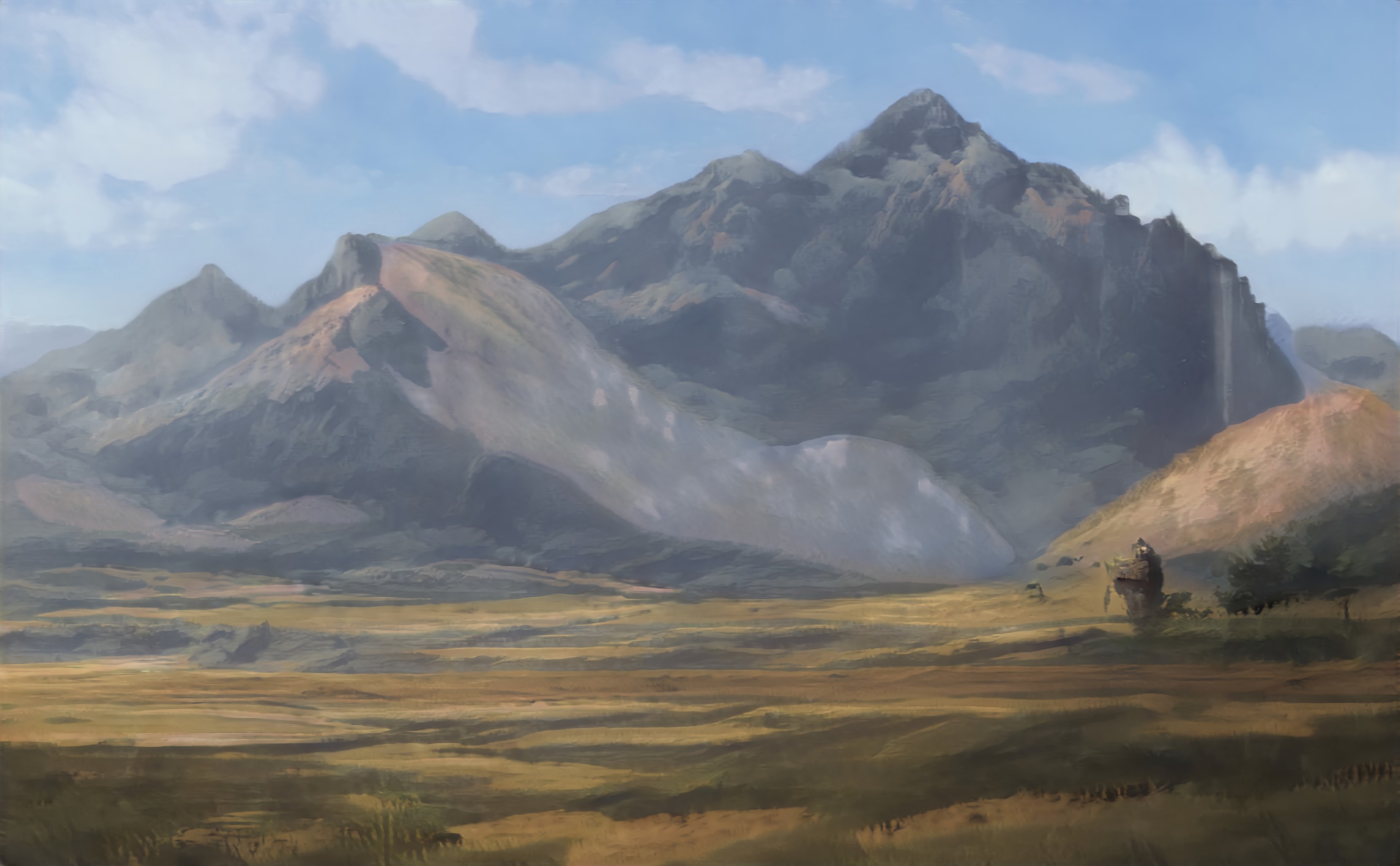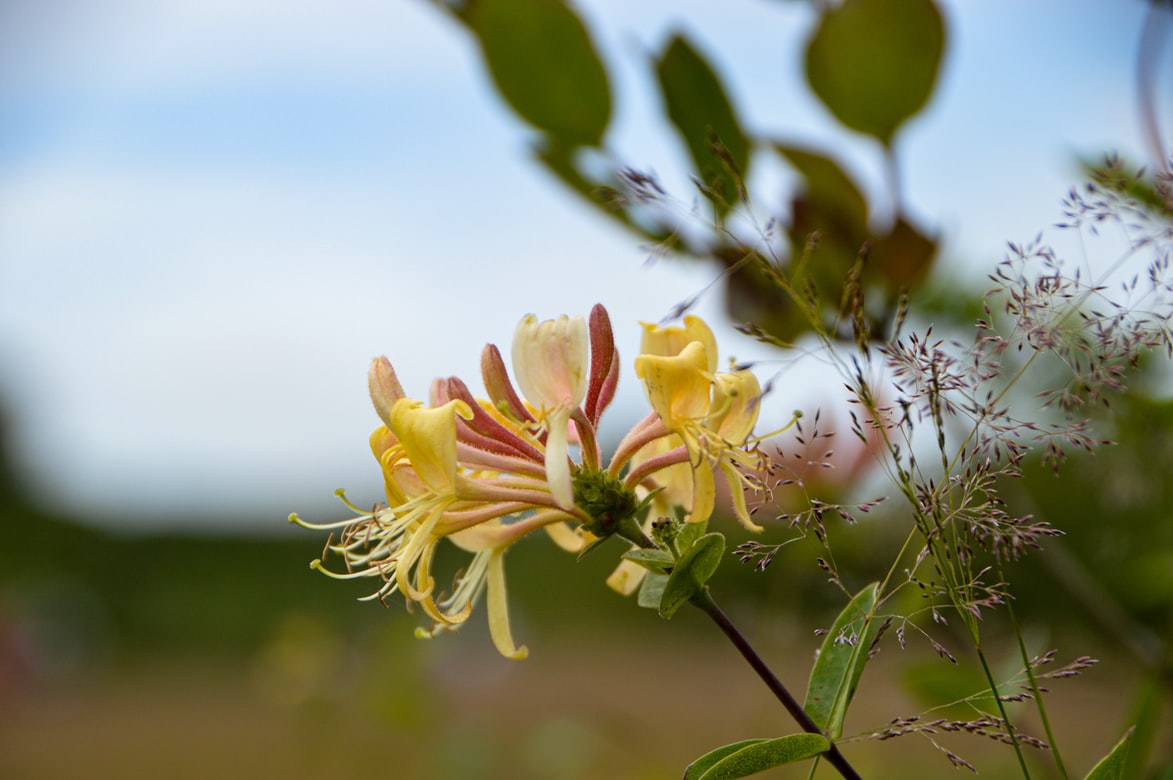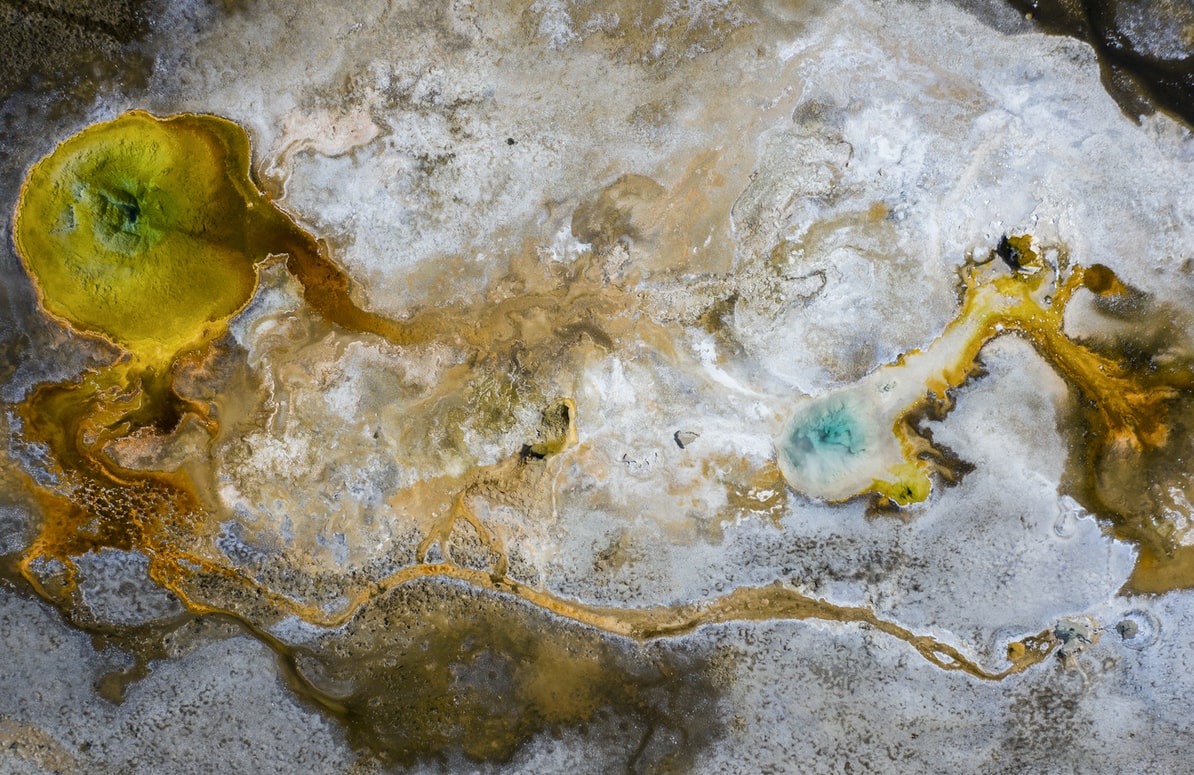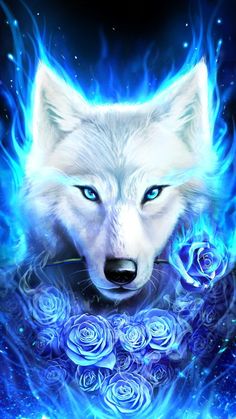This area of the
Cradle of Clay is home to a wide variety of flora and fauna, both domesticated and wild.
Cradled Wheat and other grains are grown and harvested for use and trade while
Black Stout are kept for their meat and hide. While
Tatanka are common livestock in the
Cradle of Clay, they are not often kept on the edge of hills closest to the
Great Plains as their size tends to draw
Dinosaurs into the village. Even those
Black Stout that the villagers keep must be kept in corrals north of the town to mitigate the chance of a rogue
Dinosaur entering the village.
Wild animals in the area include wolves, rats, squirrels, and other rodents, but few other animals tend to stray this close to
Dinosaur territory. Animals, other than domesticated ones, that survive in this area must be able to hide in the ground cover to survive. A variety of fish and clams can be found in the river, often changing with the seasons and the migration patterns of the animals.
Moss, hardy shrubs, and some trees can be found in the area, but south of the village, only
Traveler's Grass can be found. Wild grains and flowers, such as the
Cradle Brushes and
Orange Honeysuckle dot the landscape amongst stands of
Big Greystem. While the fauna seems sparse, a great deal of different plant life makes up the mat of grasses that cover most of the
Cradle of Clay. This mat of grass brings many wild plants that are safe to eat as well as provides ground cover to stop any erosion that would occur due to the high winds of the area.







Very nice, and i'm intrigued to know more... I'm super curious about how the architecture might reflect and help giants and humans co-existing... I'm assuming everything from doorways, stairs, floor heights, and even sidewalks might be different... how do the different backgrounds mingle and interact in the town?
Check out Shadowfire and my Adventure April challenge
There isn't much change to be honest. If you use the hover over feature for the name Clay Giant in the beginning of the article you can view their race article. Most of, if not all of, these questions are alleviated there.